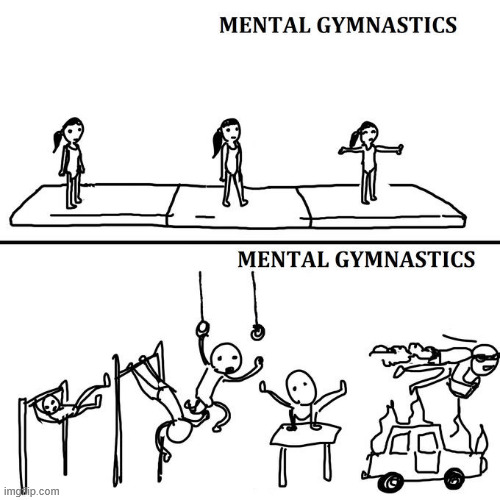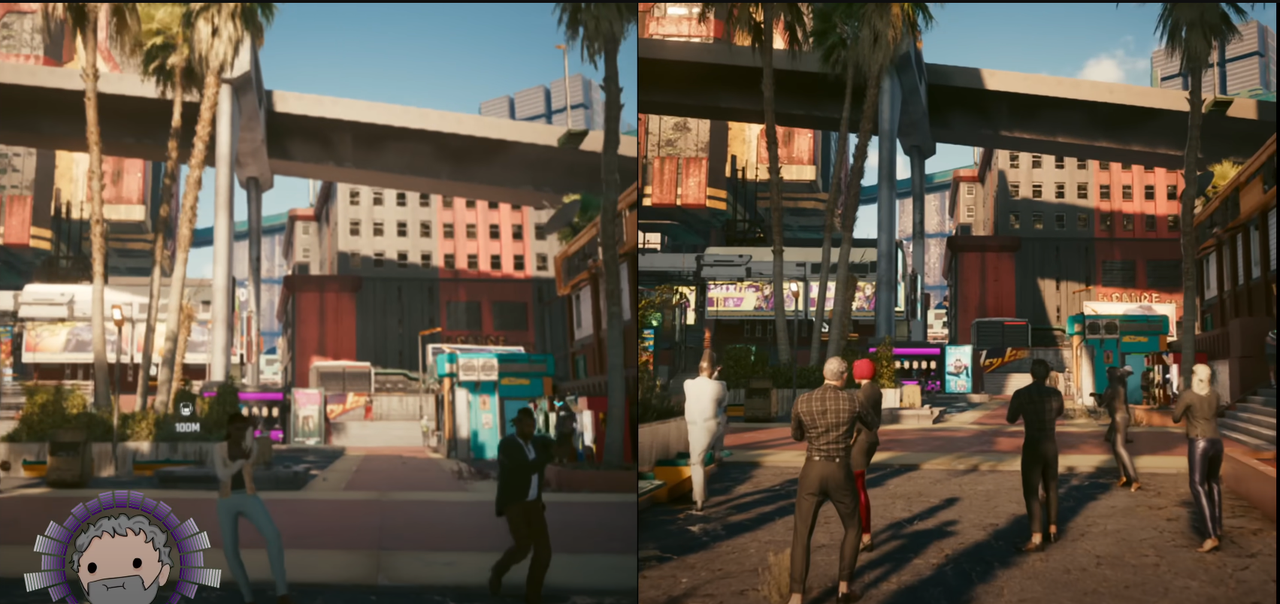In handheld mode, the Switch 2's raw GPU power (around 1.7 TFLOPS) appears to be slightly less than the base PS4's 1.84 TFLOPS.
However, the Switch 2 has several advantages that can compensate for this:
More Modern Architecture: The Switch 2's Ampere GPU architecture is much more efficient per TFLOPS than the PS4's older GCN architecture. This means it can achieve more in terms of rendering complex scenes and effects even at lower clock speeds.
DLSS: This is a major factor. By rendering games at a lower internal resolution and using AI to upscale to the screen's native 1080p, the Switch 2 can output a sharper image with better performance than rendering natively at 1080p would allow. This can make graphically demanding games appear to perform better than the PS4, even if the raw rendering power is lower.
G-Sync (VRR): The inclusion of G-Sync on the Switch 2's handheld screen is a significant benefit. It synchronizes the display's refresh rate with the game's frame rate, eliminating screen tearing and making fluctuating frame rates appear much smoother. This can make games that might not hit a locked 30fps or 60fps feel more fluid and responsive than on a fixed-refresh-rate display like those connected to a PS4, where frame rate dips are more noticeable as stutter.
More Capable CPU (Despite Clock Speed): While the Switch 2's CPU clock speed in handheld is only slightly higher than docked (and lower than PS4's), the ARM Cortex A78C cores are architecturally superior and more efficient than the PS4's Jaguar cores. This can help with game logic, AI, and draw calls, potentially improving minimum frame rates in CPU-bound scenarios compared to the PS4.
















